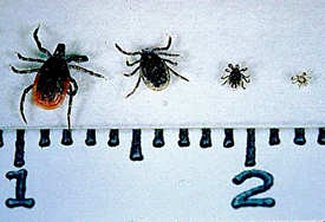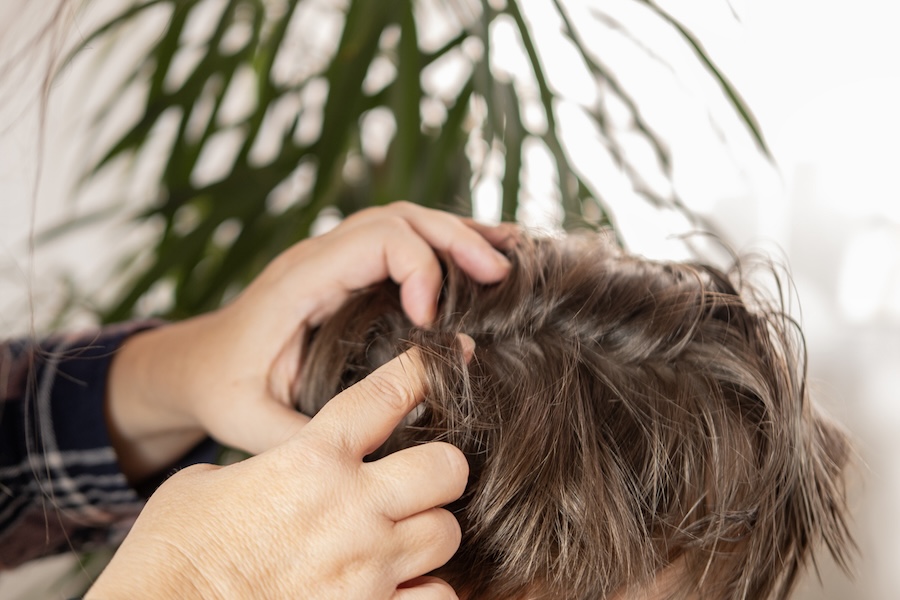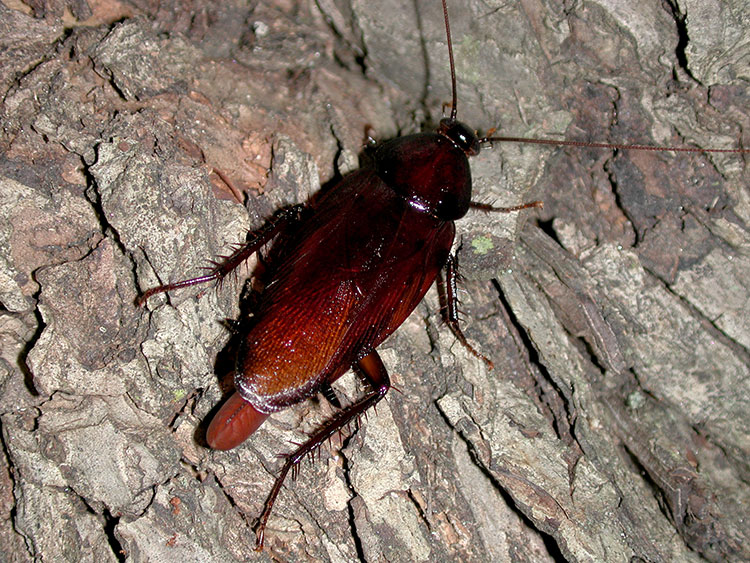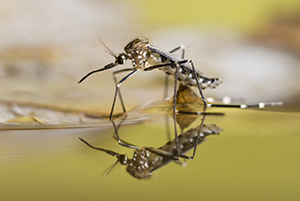Treat yourself and your clothes before heading out on a hike, and you won't come home with ticks and Lyme disease.
"To avoid getting Lyme disease, you have to avoid being fed on by ticks," said Nancy Hinkle, an extension entomologist with the University of Georgia College of Agricultural and Environmental Sciences. "Hunters and hikers are the most commonly affected, due to their exposure to the outdoors."
Insect repellents best defense
The best line of defense, Hinkle recommends, is buying and using insect repellents.
"Repellents that contain DEET as the active ingredient are effective on skin, but make sure to read and follow directions," she said.
Some repellents aren't safe for use on skin. And never spray repellents on mucous membranes such as around the nose and mouth.
After you spray your exposed skin, it's time to spray your clothes.
Spray your clothes, too
"For clothing, use a repellent with Permethrin as the active ingredient," Hinkle said. "It's important to use this on clothing only, as it's dangerous to your skin."
Lay your clothing out on a newspaper. First spray one side, and then flip the clothing over and spray the other side.
"Let the clothes dry overnight and put them on the next morning to be sure not to irritate your skin," Hinkle said. "Hunters, hikers and campers should always treat their clothes before spending time outdoors."
They don't fall from trees
One common myth about ticks is that they get on humans and animals by falling down from trees. Ticks usually live on the ground or no more than 6 inches above it, Hinkle said.
"They attach to the ankle and crawl up, crawling as high as they can before biting," she said. "So the most important places to check after coming indoors are around the ears and hairline."
It is also important to check your socks, waistband, underarms and in natural body folds.
Remove ticks carefully
Once you've found a tick, don't just grab it and pull it off.
"A tick is like a balloon stuck on a hypodermic needle," Hinkle said. "Squeezing a tick may inject disease agents into your body."
She suggests using fine-tipped tweezers to remove the tick.
"Use the tweezers to get close to the skin, grasp the tick's mouthparts, and then pull it off," she said.
Contrary to popular belief, don't pull the tick from the "balloon end," burn it or rub petroleum jelly on it, Hinkle said.
"This will upset the tick and cause it to release infectious bacteria into your body," she said. "You want to work with a happy tick. Don't worry if the mouthparts are left in your skin. It's just like having a briar stuck in your skin."
Sterilizing the area surrounding the bite should prevent infection.
Make sure to check your pets, too.
"Dogs can get Lyme disease," Hinkle said. "It's hard to notice when your pet is sick. But if you see arthritis in a single joint or a young pet acting lethargic, have the vet check it out."








.jpg)